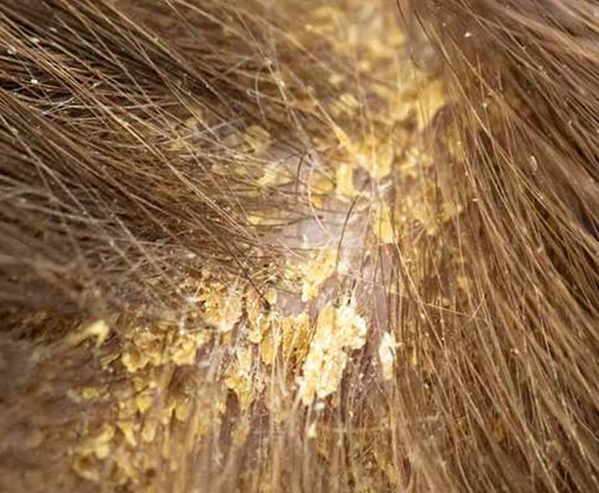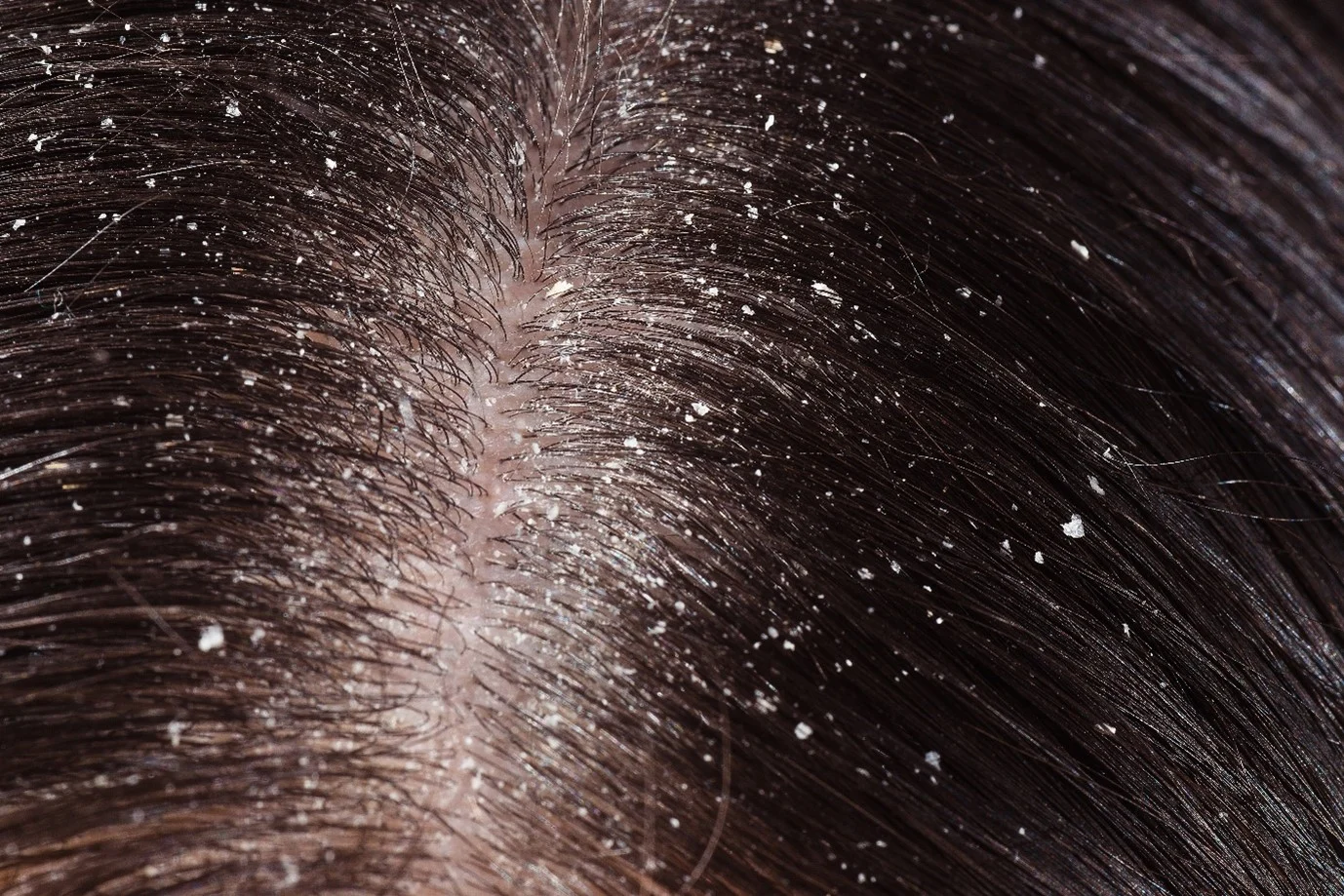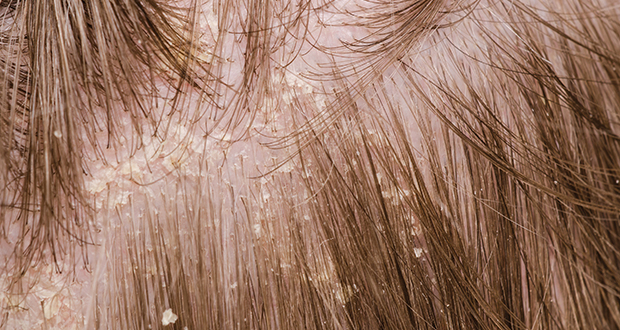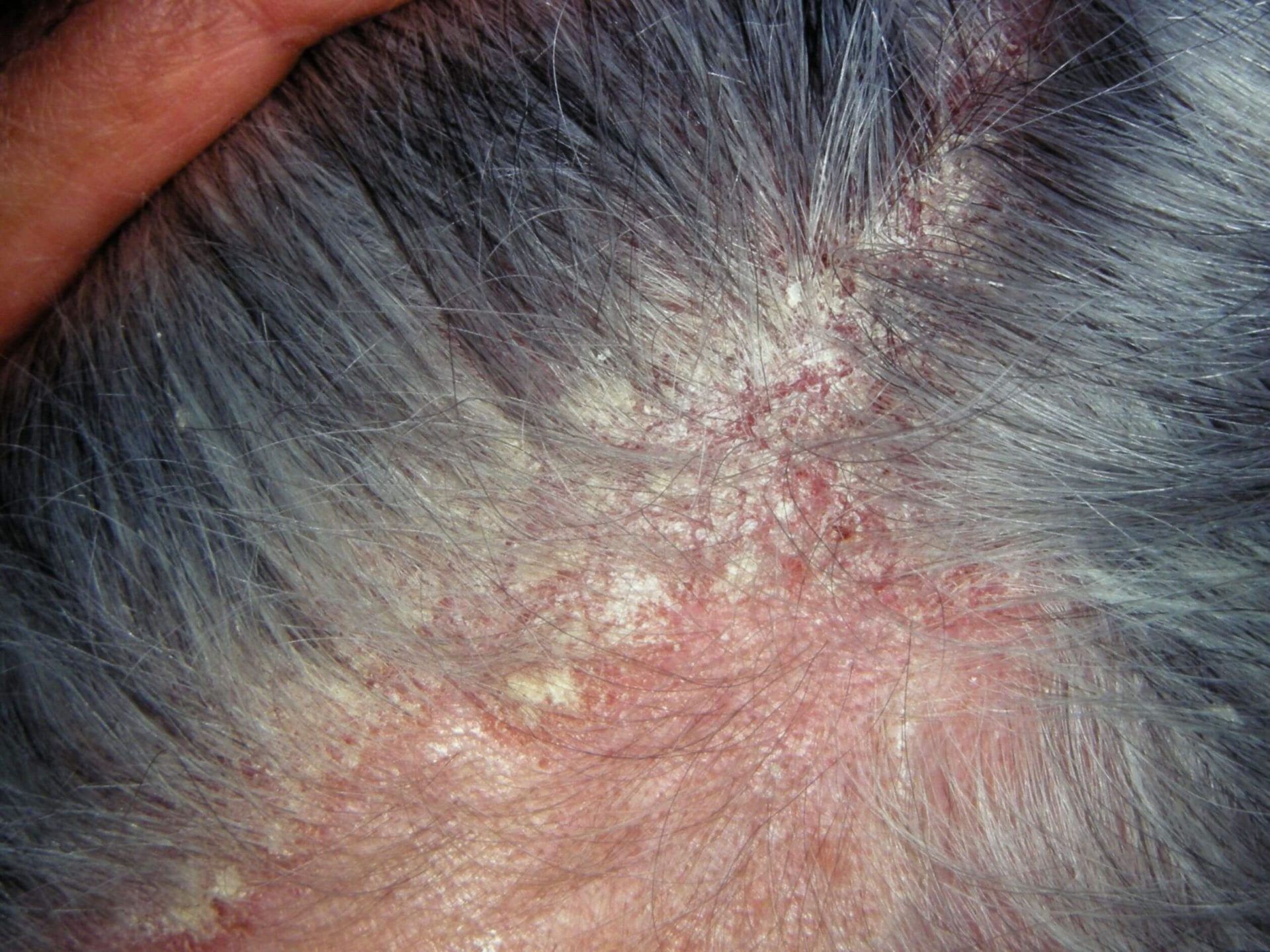Hair
Causes Of Dandruff | Bad Causes Of Dandruff2

Causes-Multiple facets contribute to the onset of dandruff. A prevalent instigator is a scalp that is dry, a situation emerging when the skin of the scalp falls deficient in necessary moisture. Seborrheic dermatitis, leading to scalp inflammation and redness, is another trigger. A third source can be a fungus named Malassezia, naturally existent on the scalp, but can proliferate unchecked causing an itchy scalp along with flaking. Comprehensive knowledge about what prompts dandruff surfaces as crucial in order to proficiently impede and manage it.
Dry Scalp

Dandruff often originates from a dry scalp, a condition characterized by the skin on your head losing too much water or moisture. This lack of moisture gives rise to a spectrum of complications including the appearance of small, less noticeable, but equally concerning dandruff flakes. Various factors can trigger this dryness – the chill of winter, the overuse of heated hairstyling appliances or even severe hair care regimes. It is also critical to recognize the potential role of specific skin conditions or prevalent health problems in contributing to a dry scalp. Visible flakes are a commonly recognized symptom of dry scalp, but the discomforting itch is equally agonizing. Adopting a proactive approach aimed at moisturizing the scalp is crucial in mitigating dryness and subsequently, dandruff. This requires diligent use of moisturizing hair care treatments while eschewing practices that spur dehydration such as applying excess heat or harsh chemicals to the scalp.
Seborrheic Dermatitis
Seborrheic dermatitis (SD) is a widely recognized skin disorder responsible for causing dandruff. It constitutes a persistent inflammation of the skin, predominantly affecting regions abundant in sebaceous glands, for instance, the scalp. The precise origin of seborrheic dermatitis remains somewhat elusive; however, it’s ostensibly connected to an over proliferation of a naturally occurring skin yeast, Malassezia. This excessive propagation triggers an overproduction of skin cells, culminating in manifestations like flaky skin and dandruff. Additionally, beyond the confines of the scalp, seborrheic dermatitis can impact various body areas, including the face, chest, and groin. Whilst seborrheic dermatitis doesn’t pose a severe risk, the condition can induce discomfort and self-consciousness, necessitating therapeutic intervention to manage the symptoms effectively.
Malassezia Fungus

Malassezia fungus, a naturally occurring yeast on most scalp surfaces, stands as an instigator of dandruff. Certain circumstances can give rise to its uncontrolled propagation leading inherently to dandruff manifestation. The excessive multiplication of Malassezia disrupts the scalp’s ecological equilibrium, triggering discomfort and inflammation. The fungus thrives on the scalp’s naturally secreted oils, which precipitates the overproduction and shedding of skin cells. The result of this overproduction is seen as white flakes coating the scalp and infiltrating the hair strands. Besides inciting dandruff, Malassezia’s unchecked growth may additionally provoke other scalp-related afflictions, such as itching and noticeable redness. Appropriate measures in treating and managing the fungal proliferation can assuage the symptoms of dandruff, helping to reestablish scalp health and stability.

